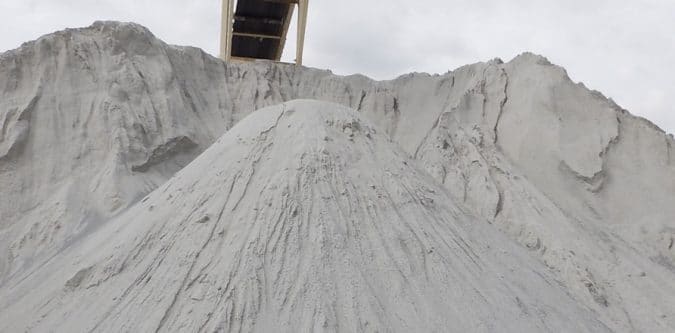This is a very common question. People are often confused about civil engineering and architecture. Although architects and engineers perform parallel functions in the design, the infrastructure of the building, etc., they are actually very different. There is big delineation between the two. The four points below explains the major difference between architects and civil engineers so you know which to choose when it comes to your career.
- Character traits – architecture and civil engineering
Architects and engineers often approach problems and situations from a different foundation. Architects have a tendency to be more creative, think more outside the box and are more connected to the aesthetics of things whereas engineers have a tendency to be more quantitative, more numbers are driven, rational driven and are more reasoning. If you have a tendency to draw, be more creative and have a colourful type of personality and way of thinking then architecture is probably for you.
- Design – architecture and civil engineering
Engineers rely on equations, formulas and scientific principles to solve problems, develop solutions and conclusions to whatever they are working on in their field. Whereas architects have the tendency to consider the spatial functionality, the connection to its surroundings, how things integrate into aesthetics and overall connectivity to neighbouring entities whether it be buildings or roadway facility or functionality of a park or something. The approach to the overall design thinking is different between the two.
- Workflow – architecture and civil engineering
This is what architects have a big advantage. Because it comes out to feeling and energy, aesthetics, creativity and how it looks. Architects typically are the starters for the planning. They are the ones who create the blueprint. They are the ones who have the vision for what the engineers are going to build. Then the engineers take those vision and the blueprint and decide on how they are going to do it, what’s the most cost-effective approach for this, what is the right materials for this type of design. If you want to be in the creative part you want to be the architecting these types of concepts and you should probably go for architecture. Whereas if you want to calculate things in a data-driven fashion behind what is going on, then engineering is for you.
- Curriculum -architecture and civil engineering
An architectural curriculum in university is typically going to little be more artsy and theoretical. It’s more about history and design. Whereas engineering courses involve heavy mathematics. If you don’t like math then you definitely shouldn’t be an engineer. The course includes engineering maths, calculus, statistics, structural analysis, structural design, concrete and steel design, fluid mechanics, thermodynamics and so on. If math is a struggle for you and you still want to be connected to designing buildings and infrastructure, then go for architecture.




